 Howdy!
Howdy!
If anyone really knows me, they'll know I'm always terrible at picking favourites. However, when I held a 9-month-old baby spider monkey at a county fair in high school, I officially (finally) chose monkeys as my favourite animal. Of course, I thought the spider monkey was the cutest monkey ever and I was immediately in love (I mean, look at that outfit!) However, a few weeks ago, I watched the Primates episode of David Attenborough's Life series (which can be found on Netflix!) and realised there are so many different types of monkey species that I wasn't even aware of- some of which definitely competed for the 'most adorable' monkey award. Since I didn't think it was fair to call the 'monkey' my favourite animal without fairly knowing about all the different species, I decided to do some research.
For any zodiac lovers out there, the monkey is the 9th animal of the Chinese zodiac. People born in a year of the monkey are supposedly intelligent, lively, and creative! So, anyone born in 1956, 1968, 1980, 1992, 2004, or 2016, this post is especially for you!
And then for all those biology lovers, I figured I'd start with some scientific classification for the "monkey":
Kingdom: Anamalia
Phylum: Chordata
Class: Mammalia
Order: Primates
Suborder: Haplorhini
Primates are divided into two categories: the prosimians ("before-monkeys") which includes lemurs, lorises, and tarsiers, and the anthropoids ("human-like") which are further divided into the Old and New World monkeys, the gibbons, and the great apes (the family that includes humans). The anthropoids differ from the prosimians because they have hands and feet adapted for grasping, large brains, complex social behaviour, and eyes located in the front of their faces, which have depth perception and colour vision. The idea of what is considered a "monkey" are the species that are referred to as haplorhine primates ("wet-nosed"). This group generally possess tails and consists of around 264 known living species. New World monkeys come from South and Central America and Old World monkeys (catarrhines) come from Africa and Asia. Furthermore, Old World Monkeys typically have narrow, downward-pointing noses, are larger, don't have tails, and have strange bottoms for sitting (notice the baboons). New World Monkeys typically have flatter noses, live in trees, and of course have tails!
It is estimated that monkeys have existed for some 50 million years. They can range in size from 4 oz (Pygmy Marmoset) to 80 pounds (Mandrill), and exist on every continent except Australia and Antarctica. As of 2008, there are 81 known species of New World Monkeys in the Amazon basin alone, and new species are constantly being discovered! A group of monkeys is commonly referred to as a tribe, troop, mission, barrel, carload, or cartload. It is important to note that habitat destruction around the world is causing the rapid decline of many species- some may not be around much longer if we don't stop deforestation before it's too late! As a result, I thought it would be beneficial to list the conservation status of each species of monkey to see which areas most need our help! I was happy to see that most species are listed as only Least Concern, though there are a few Endangered and a couple Critically Endangered as well :(
So, now, you get to share in my love of the adorable animal called the monkey- here are some pictures and information so maybe you can pick a favourite too! After several hours of work (whoops!), I have included below 69 monkey species- I didn't intend to include that many, but I told you I couldn't pick favourites!
Conservation Status Key:
Extinct (EX) - No individuals remaining.
Extinct in the Wild (EW) - Known only to survive in captivity, or as a naturalised population outside its historic range.
Critically Endangered (CR) - Extremely high risk of extinction in the wild.
Endangered (EN) - High risk of extinction in the wild.
Vulnerable (VU) - High risk of endangerment in the wild.
Near Threatened (NT) - Likely to become endangered in the near future.
Least Concern (LC) - Lowest risk. Does not qualify for a more at risk category. Species are widespread and abundant.
The conservation status of a species is an indicator of how likely it is to remain alive at present or in the near future. It takes into account a variety of factors to judge the risk an animal is currently facing.
(Note: the conservation statuses listed below are those found on Wikipedia as of 24 Oct. 2017 and may not be up to date with current scientific standings)
NEW WORLD MONKEYS
Marmosets and Tamarins (family: Callitrichidae)
 |
Pygmy Marmoset, Amazon, Least Concern
*world's smallest monkey species |
 |
| Common Marmoset, Brazil, Least Concern |
 |
| Black-tufted Marmoset, Brazil, Least Concern |
 |
Emperor Tamarin, Amazon Basin/Peru/Bolivia/Brazil, Least Concern
*likely named after German Emperor Wilhelm II, who also had an impressive moustache |
 |
| Cotton-top Tamarin (Cotton-headed), Colombia, Critically Endangered |
 |
| Golden Lion Tamarin (Golden Marmoset), Brazil, Endangered |
 |
| Golden-headed Lion Tamarin, Brazil, Endangered |
Capuchins and Squirrel Monkeys (family: Cebidae)
 |
White-headed Capuchin (White-faced, White-throated), Central America, Least Concern
*capuchins are the most common monkey and considered the most intelligent monkey species |
 |
| Tufted Capuchin (Brown Capuchin, Pin Monkey), Amazon Basin, Least Concern |
 |
| Common Squirrel Monkey, Amazon, Least Concern |
Night Monkeys (family: Aotidae)
 |
Three-striped Night Monkey (Northern Night Monkey, Northern Owl Monkey), Venezuela, Least Concern
*night monkeys are the only nocturnal New World Monkeys |
 |
| Noisy Night Monkey, Ecuador/Peru/Colombia/Brazil, Least Concern |
Titis, Sakis, and Uakaris (family: Pitheciidae)
 |
Bald Uakari, Western Amazon, Vulnerable
*apparently sounds like a human laughing |
 |
| White-faced Saki (Guianan Saki), Brazil/Guyana/Suriname/Venezuela, Least Concern |
 |
| Black Bearded Saki, Brazil, Critically Engangered |
 |
| Red-bellied Titi (Dusky Tit), Brazil, Least Endangered |
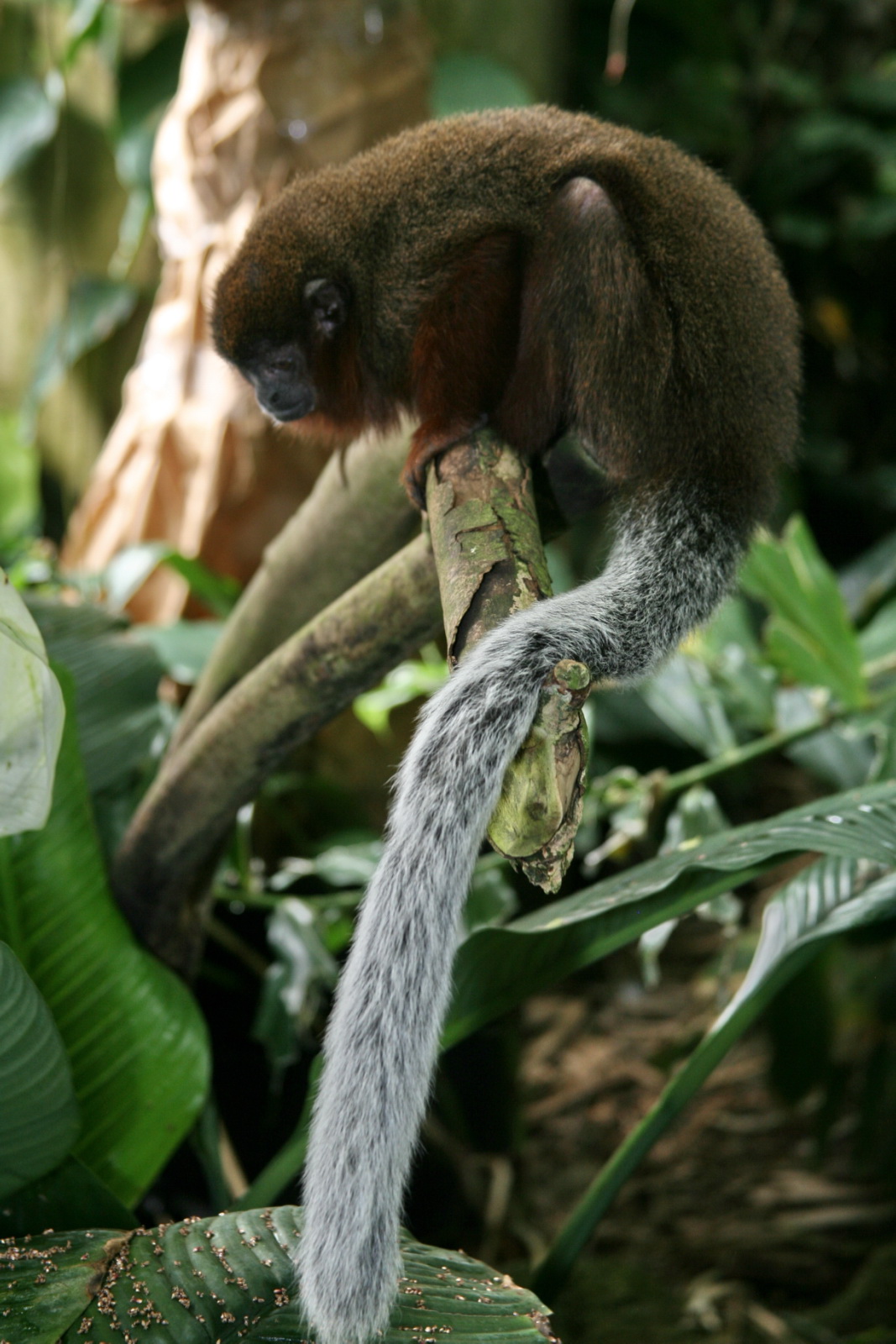 |
| Brown Titi, Brazil/Pero/Bolivia, Least Concern |
Howler, Spider, and Woolly Monkeys (family: Atelidae)
 |
Black Howler, Argentina/Bolivia/Brazil/Paraguay, Least Concern
*one of the loudest animals in the world |
 |
| Venezuelan Red Howler, Western Amazon Basin, Least Concern |
 |
Black-headed Spider Monkey, Colombia/Nicaragua/Panama, Critically Endangered
*female spider monkeys have the longest tails out of all primates |
 |
| Geoffroy's Spider Monkey (Black-handed Spider Monkey), Central America/Mexico, Endangered |
 |
| Red-faced Spider Monkey (Guiana Spider Monkey), South America, Vulnerable |
OLD WORLD MONKEYS
*All Old World Monkeys are all from the family Cercopithecidae, or the cattarhine monkeys. These include just some of the broader categories within this family.
Guenons (genus: Cercopithecus)
 |
Lesula, Democratic Republic of Congo
*most recently discovered species of monkey in 2007 |
 |
Diana Monkey, West Africa, Vulnerable
*named for the Roman goddess of hunting because the stripe on its forehead resembles Diana bow |
 |
| De Brazza's Monkey ("Swamp Monkey"), Central Africa, Least Concern |
 |
| Blue Monkey ("Diademed Monkey"), Central/East Africa, Least Concern |
Macaques (genus: Macaca)
 |
Barbary Macaque (Ape), Algeria/Morocco/Gibraltar, Endangered
*Only wild monkey in Europe |
 |
| Crab-eating Macaque, Southeast Asia, Least Concern |
 |
Japanese Macaque ("Snow Monkey"), Japan, Least Concern
*northernmost living non-human primate |
 |
| Southern Pig-tailed Macaque, Malay Peninsula/Borneo/Sumatra/Bangka Island, Vulnerable |
 |
Rhesus Macaque, South/Central/Southeast Asia, Least Concern
*the monkey astronaut and most often used in medical and biological research |
 |
| Lion-Tailed Macaque ("Wanderoo"), South India, Endangered |
 |
| Formosan Rock Macaque (Formosan Rock Monkey, Taiwanese Macaque), Taiwan, Least Concern |
 |
| Celebes Crested Macaque ("Black Ape"), Tangkoko Reserve: Indonesia, Critically Endangered |
Mangabeys (genus: Lophocebus or Cercocebus)
 |
| Sooty Mangabey, Western Africa, Near Threatened |
 |
| Collared Mangabey (Red-capped, White-collared), Nigeria/Cameroon/Eq. Guinea/Gabon, Vulnerable |
 |
| Crested Mangabey, West Africa |
 |
| Kipunji (Highland Mangabey), Tanzania, Critically Endangered |
Baboons (genus: Papio)
 |
Hamadryas Baboon (Sacred Baboon), Horn of Africa, Least Concern
*Egyptian god Thoth was regularly drawn with the head of this monkey |
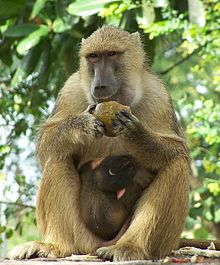 |
| Yellow Baboon ("Dog-Head"), Eastern Africa, Least Concern |
 |
| Olive Baboon (Anubis Baboon), Africa, Least Concern |
 |
| Chacma Baboon (Cape Baboon), Southern Africa, Least Concern |
 |
| Guinea Baboon (Savannah Baboon), Sub-saharan Africa, Near Threatened |
Mandrills (genus: Mandrillus)
 |
Mandrill, Cameroon/Gabon/Eq. Guinea/Congo, Vulnerable
*world's largest monkey species |
 |
Drill, Nigeria/Cameroon/Eq. Guinea, Endangered
*highest conservation priority of all African primates |
Gelada (genus: Theropithecus)
 |
Gelada ("Bleeding-Heart Monkey"), Ethiopian Highlands, Least Concern
*forms the largest troops in the world, numbering from 350 to 650 individuals |
Patas Monkey (genus: Erythrocebus)
 |
Patas Monkey (Wadi or Hussar Monkey), African Savannah, Least Concern
*fastest species of primate in the world (up to 34 mph (55 kmph)) |
Colobuses (genus: Colobus or Piliocolobus or Procolobos)
 |
| Black-and-white Colobus, Africa |
 |
| King Colobus, Senegal/Ivory Coast, Vulnerable |
 |
| Ursine Colobus, Benin/Ivory Coast/Ghana/Burkina Faso/Nigeria/Togo, Vulnerable |
 |
| Angola Colobus, Congo Basin/East Africa, Least Concern |
Lutungs (genus: Trachypithecus)
 |
| Dusky Leaf Monkey (Spectacled Langur), Malaysia, Near Threatened |
 |
| Golden Langur, India/Bhutan, Endangered |
 |
| Francois Langur (Francois Leaf Monkey, Tonkin Leaf Monkey, White Side-burned Black Langur), China/Vietnam, Endangered |
Surilis (genus: Presbytis)
 |
Sarawak Surili, Borneo/Indonesia/Brunei, Critically Endangered
*considered one of the rarest primates in the world (200-500 individuals remaining) |
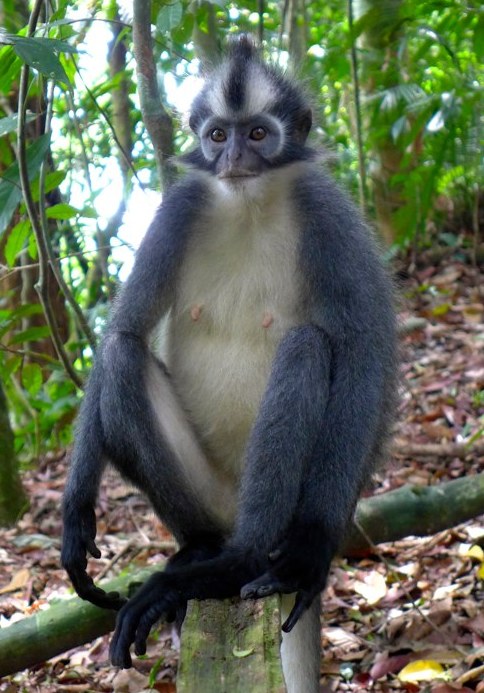 |
| Thomas's Langur, Indonesia, Vulnerable |
 |
| Maroon Leaf Monkey (Maroon Langur, Red Leaf Monkey), Borneo, Least Concern |
 |
| Mentawai Langur, Indonesia, Endangered |
Duocs (genus: Pygathrix)
 |
| Gray-shanked Duoc, Vietnam, Critically Endangered |
 |
| Red-shanked Duoc ("Costumed Ape"), Southeast Asia, Endangered |
Snub-nosed Monkeys (genus: Rhinopithecus)
 |
| Golden Snub-nosed Monkey, Southwest China, Endangered |
 |
Black Snub-nosed Monkey (Yunnan Golden Hair Monkey), China, Endangered
*the primate that lives at the highest altitude, near 15,000 feet (4, 572 meters) |
 |
| Tonkin Snub-nosed Monkey, Vietnam, Critically Endangered |
 |
Myanmar Snub-nosed Monkey ("Sneezing Monkey"), Myanmar, Critically Endangered
*allegedly sneezes when it rains! |
Proboscis Monkey (genus: Nasalis)
 |
Proboscis Monkey ("Dutchman"), Borneo, Endangered
*obviously the primate species with the largest nose |
Vervets (genus: Chlorocebus)
 |
| Vervet Monkey, Africa, Least Concern |
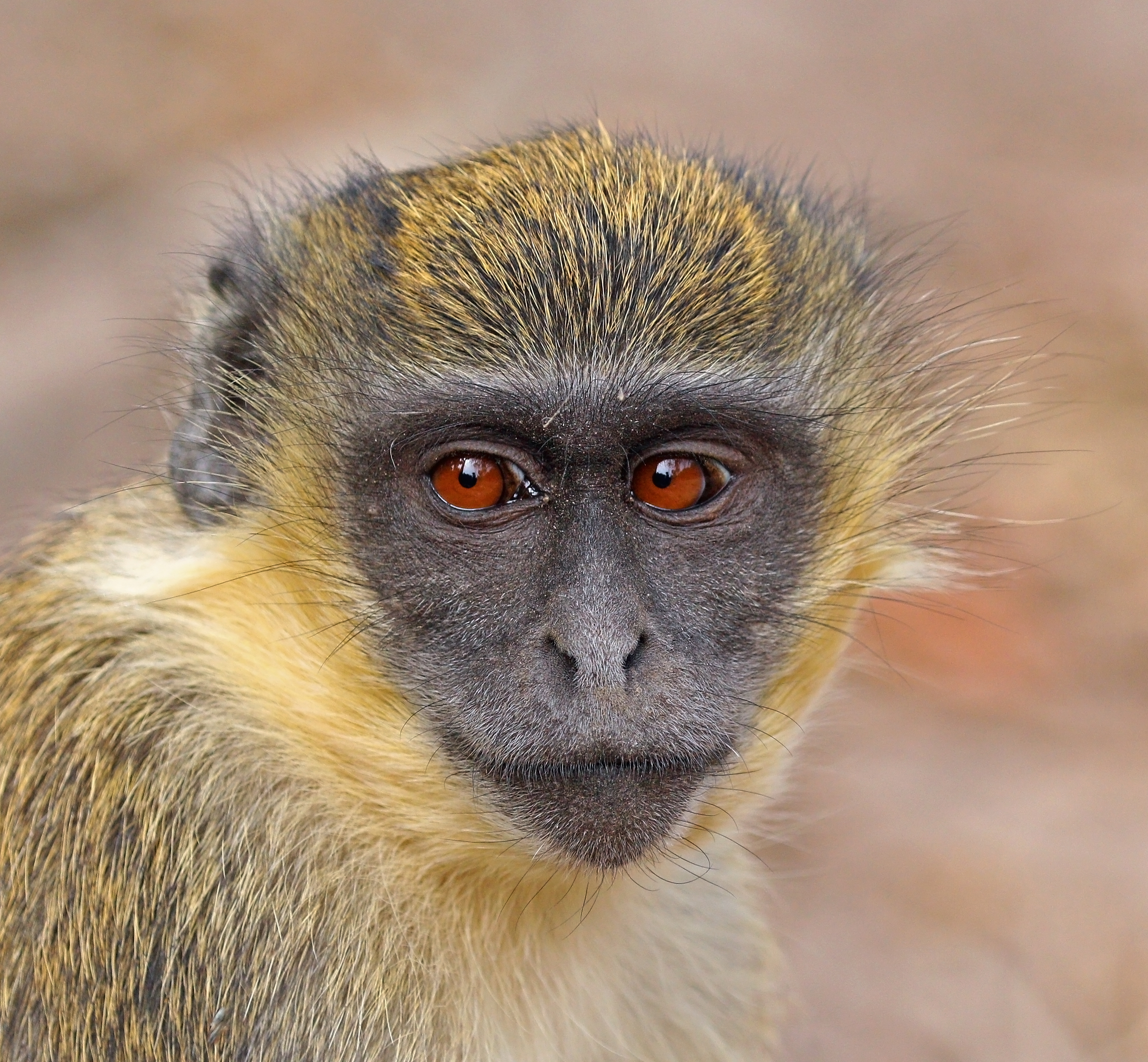 |
| Green Monkey (Sabaeus Monkey, Callithrix Monkey), West Africa, Least Concern |
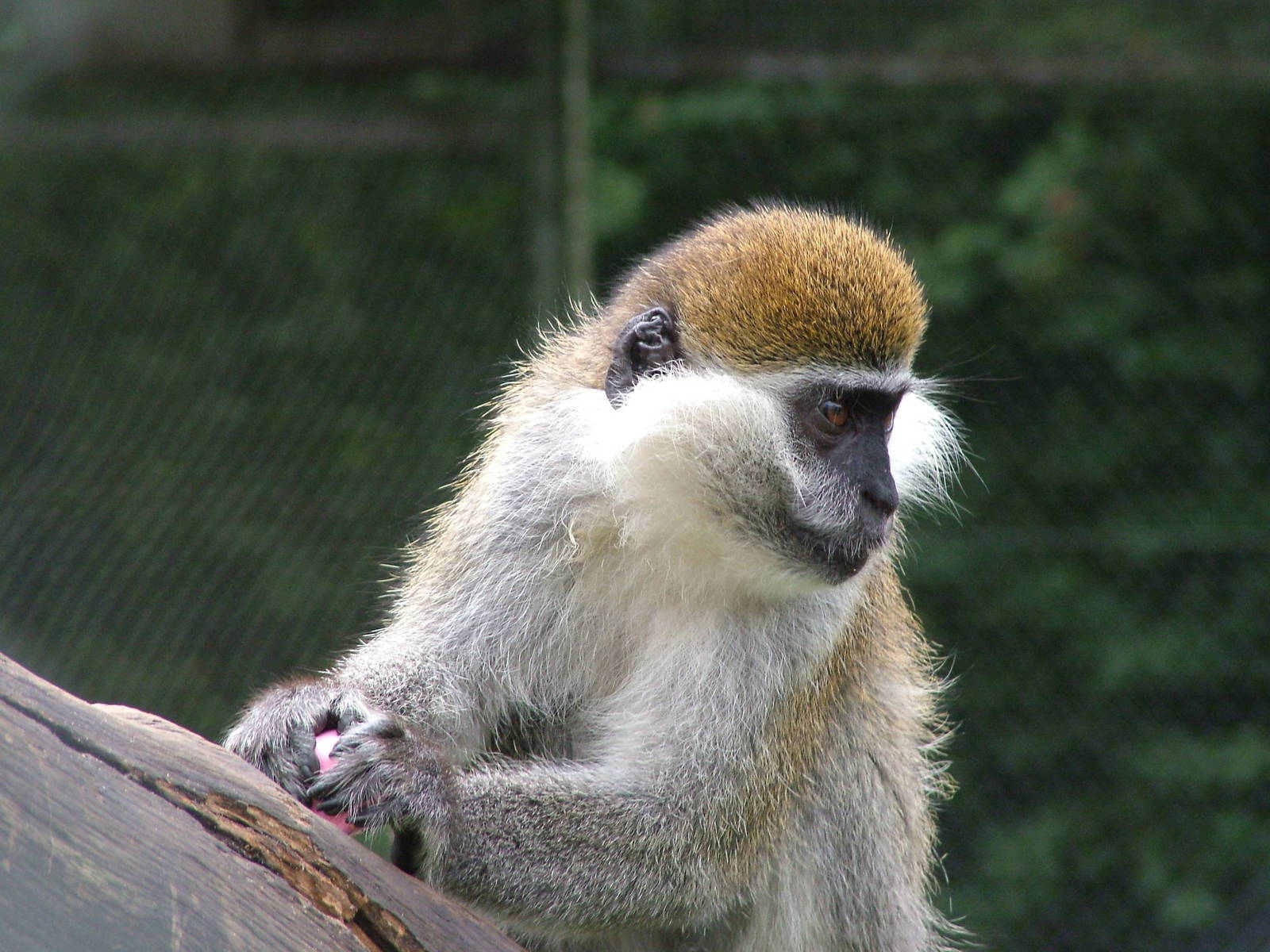 |
| Grivet (African Green Monkey, Savannah Monkey), Ethiopia/Sudan/Djibouti/Eritrea, Least Concern |
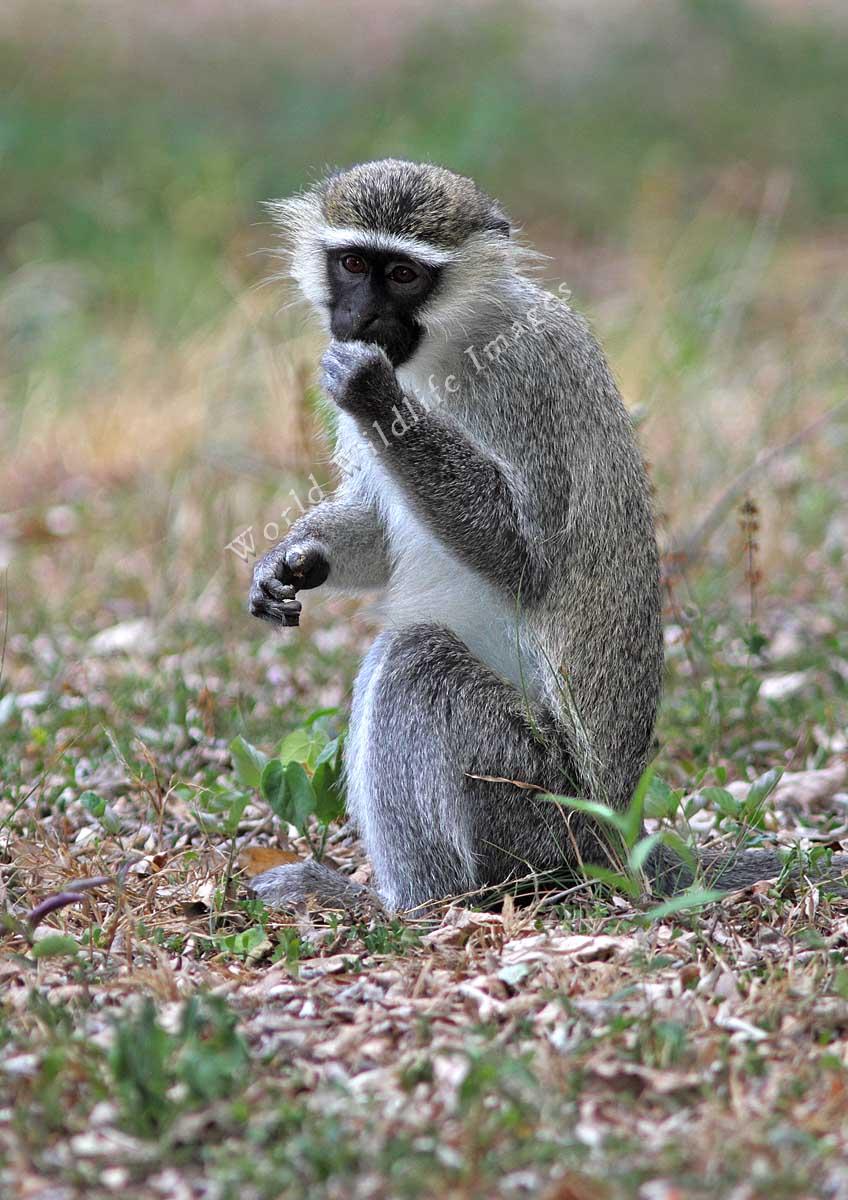 |
| Tantalus Monkey, Africa, Least Concern |
And of course you're all probably wondering if I've found a new favourite, right? After careful consideration, I think I have to pick... the Cotton-Top Tamarin! There are some pretty cute New World monkeys up there though, so the Pygmy Marmoset and the Common Squirrel Monkey do come in a pretty close second, but I'll go with that as my favourite for now! ;D
Learn. Think. Engage. Reflect. Wander. Wonder. Repeat.
"It does get old to have to always be a monkey in a zoo. I don't know what it's like anymore to be anonymous."
~Kevin Bacon
https://en.wikipedia.org/wiki/Haplorhini
https://en.wikipedia.org/wiki/Monkey
https://en.wikipedia.org/wiki/Old_World_monkey
https://www.csmonitor.com/Science/2010/1214/The-top-10-monkeys/Emperor-tamarin
http://www.monkeyworlds.com/monkey-species/
https://www.factretriever.com/monkey-facts
https://www.thoughtco.com/definition-and-factors-of-an-endangered-species-1181929









































Comments
Post a Comment